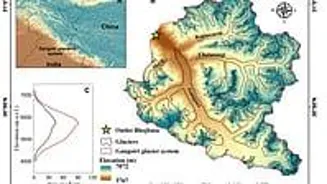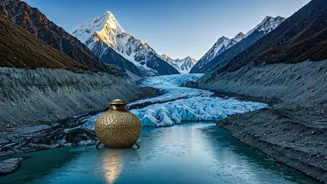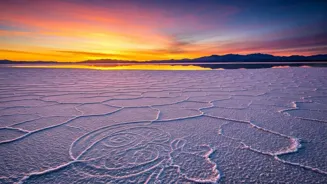Dehradun: A new scientific study has revealed that climate change is altering the water composition flowing from the Gangotri Glacier System (GGS), the source of the River Ganga in the central Himalaya.
Over the last four decades, researchers say, snowmelt contribution has declined, while rainfall-runoff and baseflow are gradually increasing — a trend that could reshape the river’s seasonal flows and impact millions dependent on its waters.
The study was carried out by the Glaci-Hydro-Climate Lab at IIT Indore and modelled streamflow from 1980 to 2020. Using the high-resolution Spatial Processes in Hydrology (SPHY) model, calibrated with field discharge records, geodetic satellite-based glacier mass balance data and snow cover maps, the researchers offered the most detailed breakdown yet of the glacier-fed river system.
According to the findings, snowmelt continues to dominate the Gangotri catchment, contributing 64 per cent of annual discharge, followed by glacier melt at 21 per cent, rainfall-runoff at 11 per cent, and baseflow at 4 per cent. But the balance has shifted over time. Snowmelt has been steadily declining, while rainfall-runoff and baseflow have inched upward.















